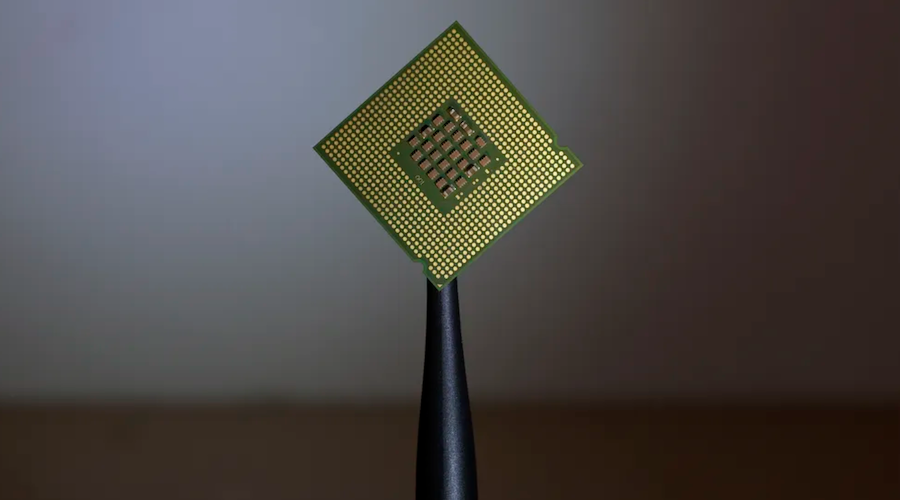POSTMODERN ALCHEMY
Graphene becomes philosopher’s stone for extracting gold from e-wasteStaff Writer | August 19, 2022 |

Computer chip. (Reference image from Rawpixel).
Scientists from The University of Manchester, Tsinghua University in China and the Chinese Academy of Sciences have demonstrated that graphene can be a kind of philosopher’s stone, allowing gold extraction from waste, particularly from electronics, containing only trace amounts of gold (down to a billionth of a percent).

In a paper published in the journal Nature Communications, the researchers explain that the new method they are proposing consists of adding graphene into a solution containing traces of gold and, after a few minutes, pure gold appears on graphene sheets, with no other chemicals or energy input involved. Once this is done, it is possible to extract the yellow metal by simply burning the graphene off.
Their experiments showed that 1 gram of graphene can be enough for extracting nearly 2 grams of gold. As graphene costs less than $0.10 per gram, this can be very profitable, with gold priced at around $70 per gram.
“This apparent magic is essentially a simple electrochemical process,” Yang Su, co-author of the study, said in a media statement. “Unique interactions between graphene and gold ions drive the process and also yield exceptional selectivity. Only gold is extracted with no other ions or salts.”
Su explained that the graphene-based process, with its high extraction capacity and high selectivity, can reclaim close to 100% of gold from electronic waste. This offers an enticing solution for addressing the gold sustainability problem and e-waste challenges.
“Graphene turns rubbish into gold, literally,” said Andre Geim, co-author of the paper and Nobel laureate responsible for the first isolation of graphene.
“Not only are our findings promising for making this part of the economy more sustainable, but they also emphasize how different atomically-thin materials can be from their parents, well-known bulk materials.”
No comments:
Post a Comment